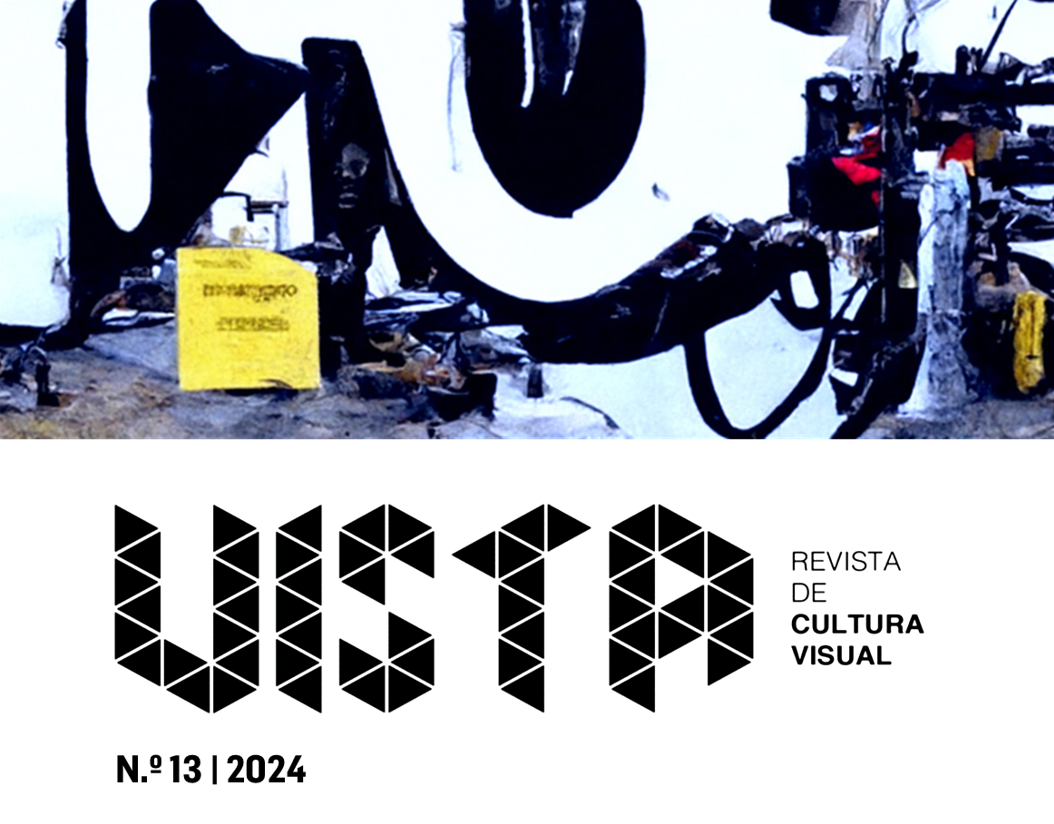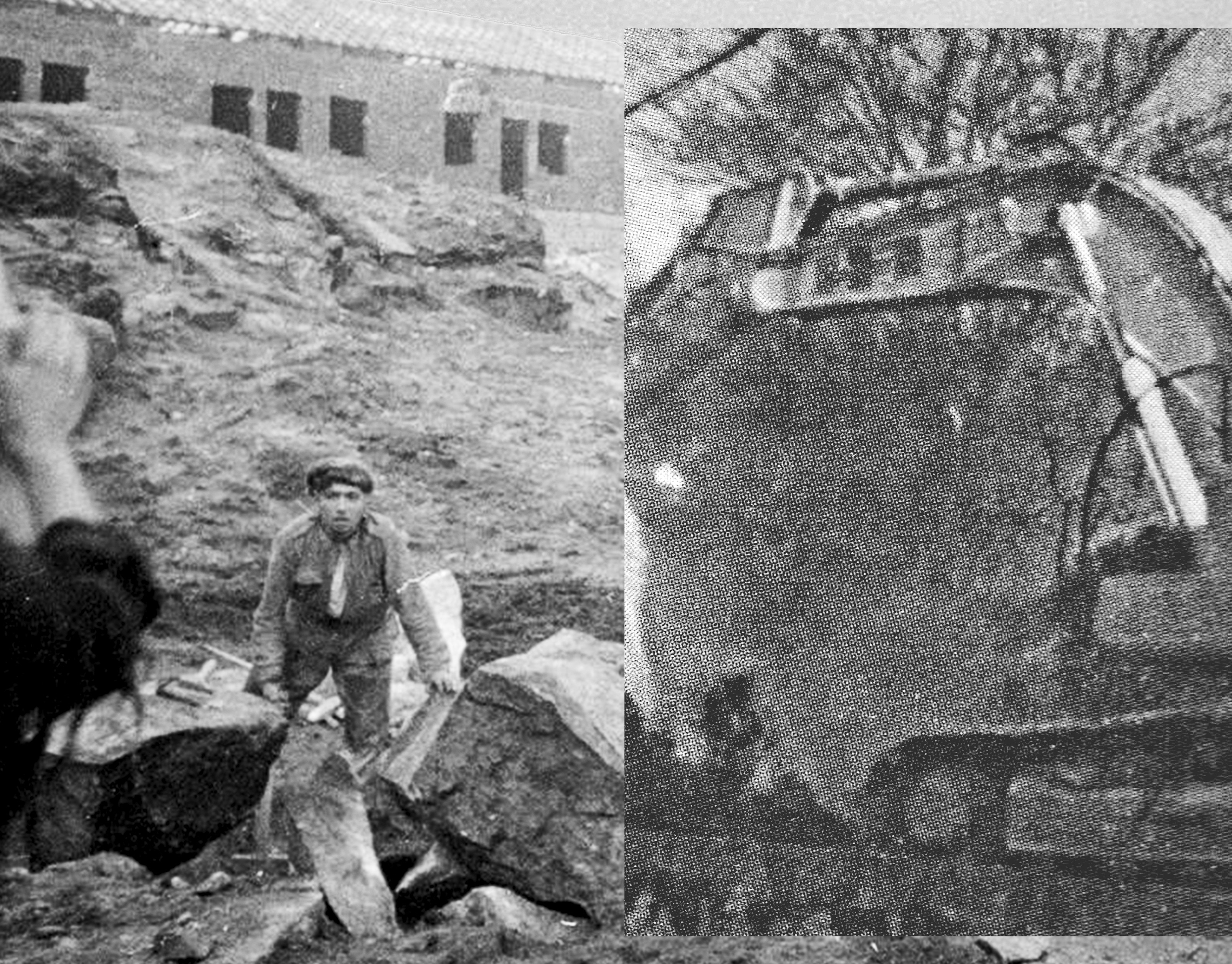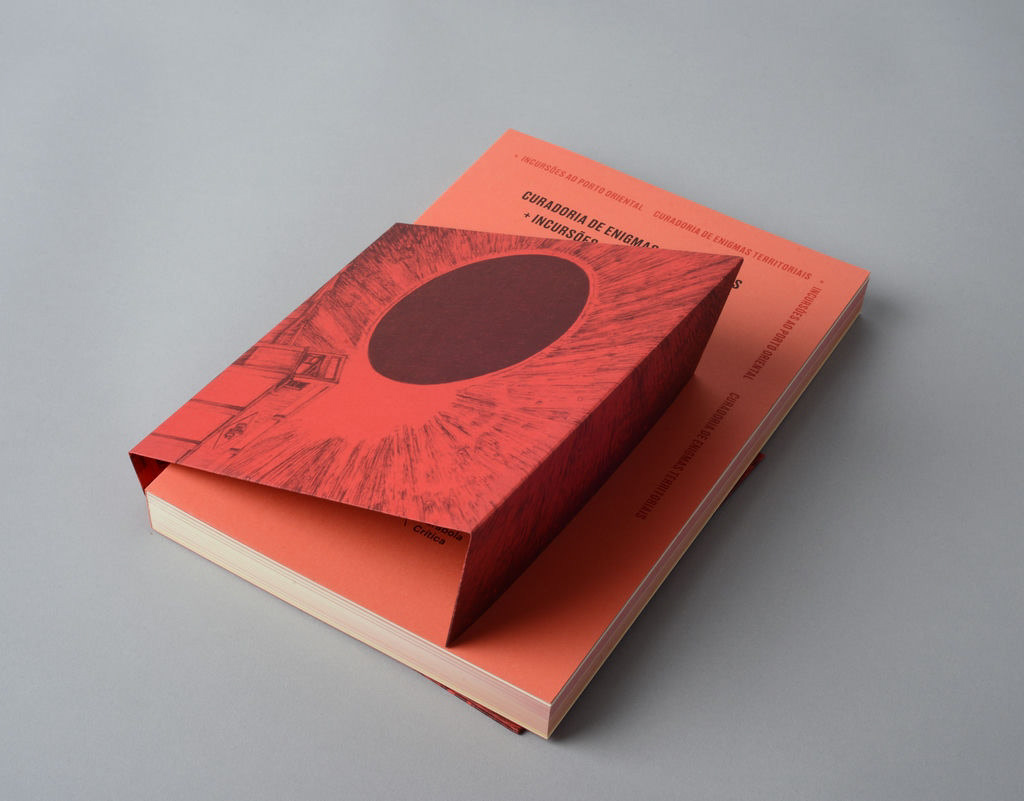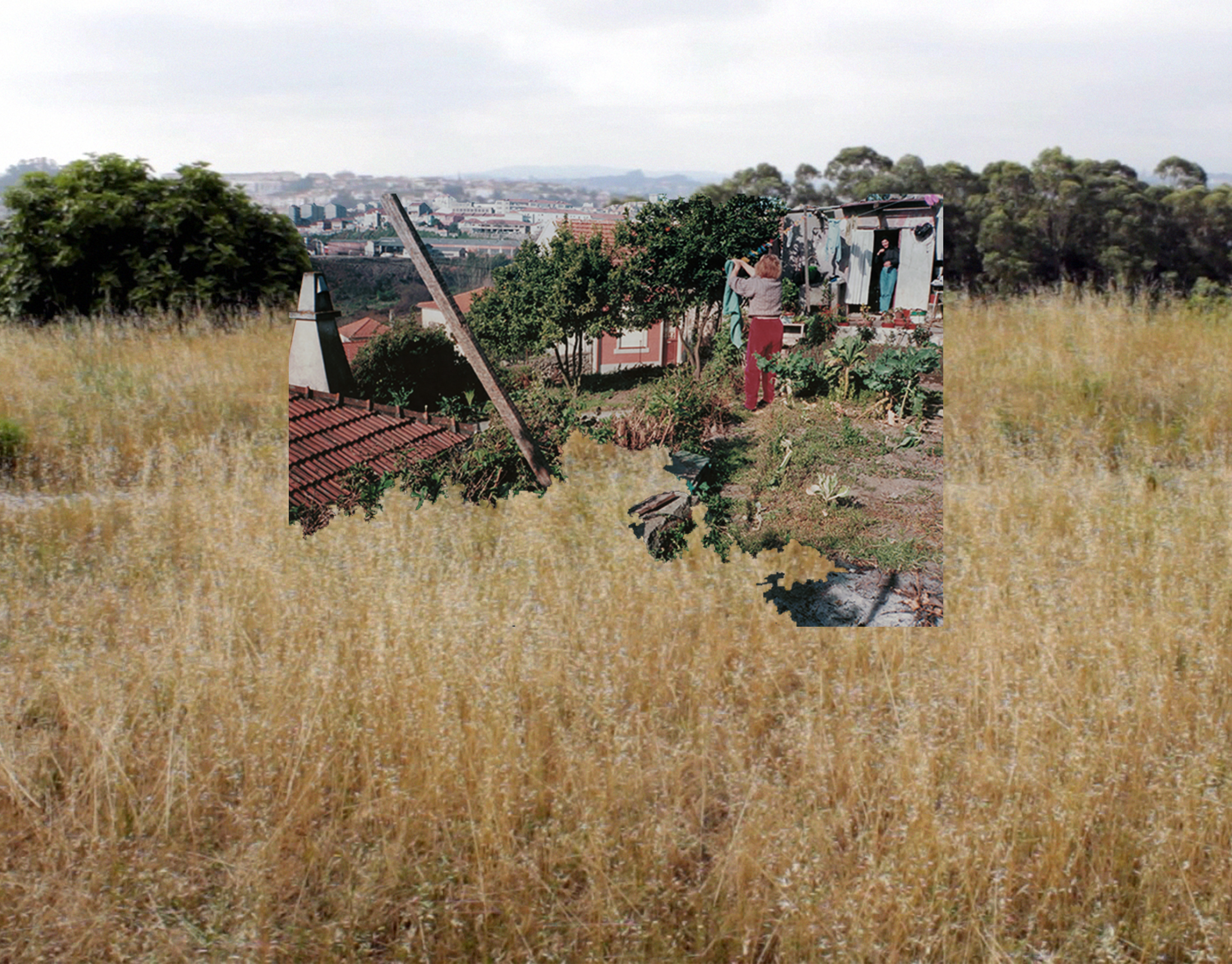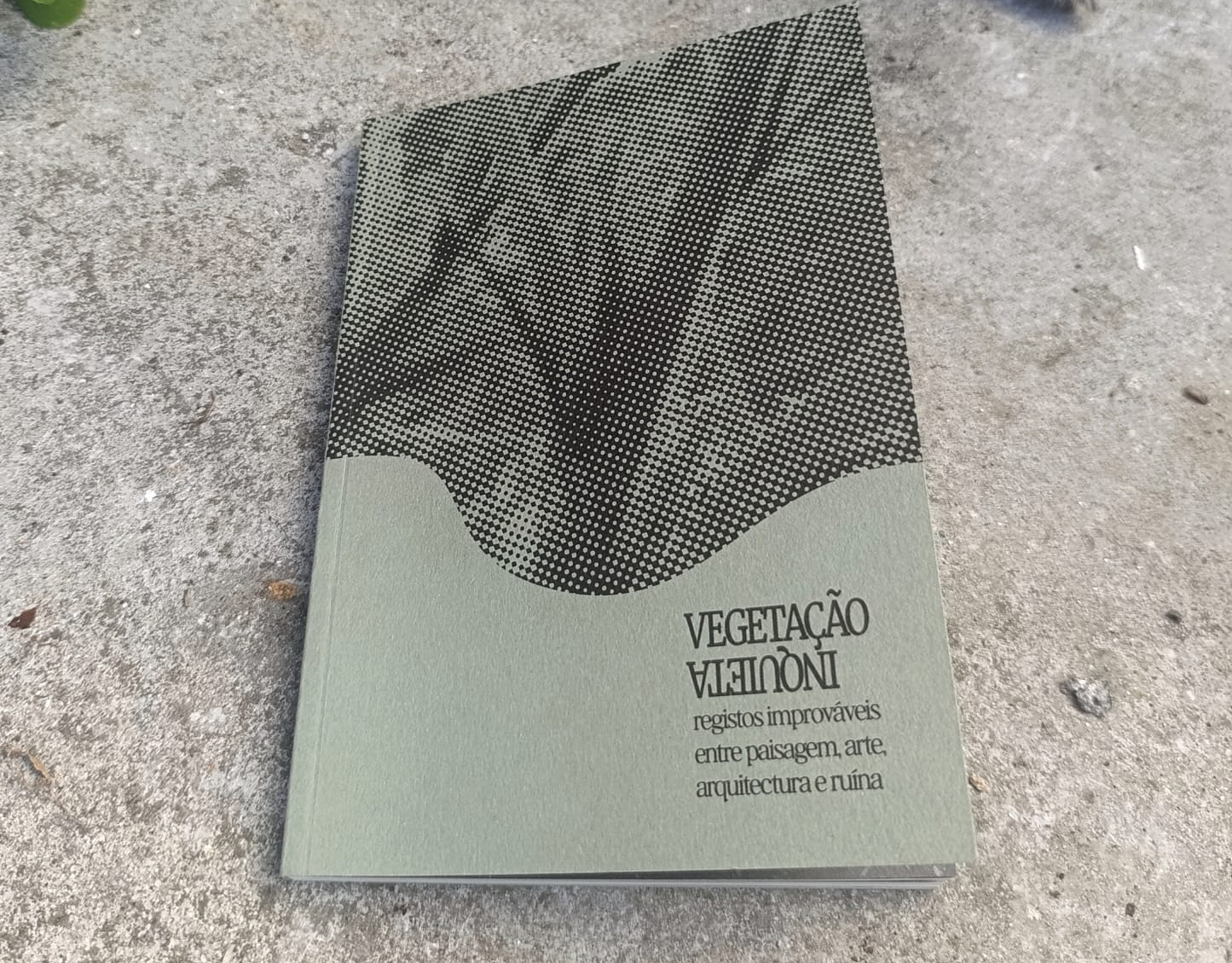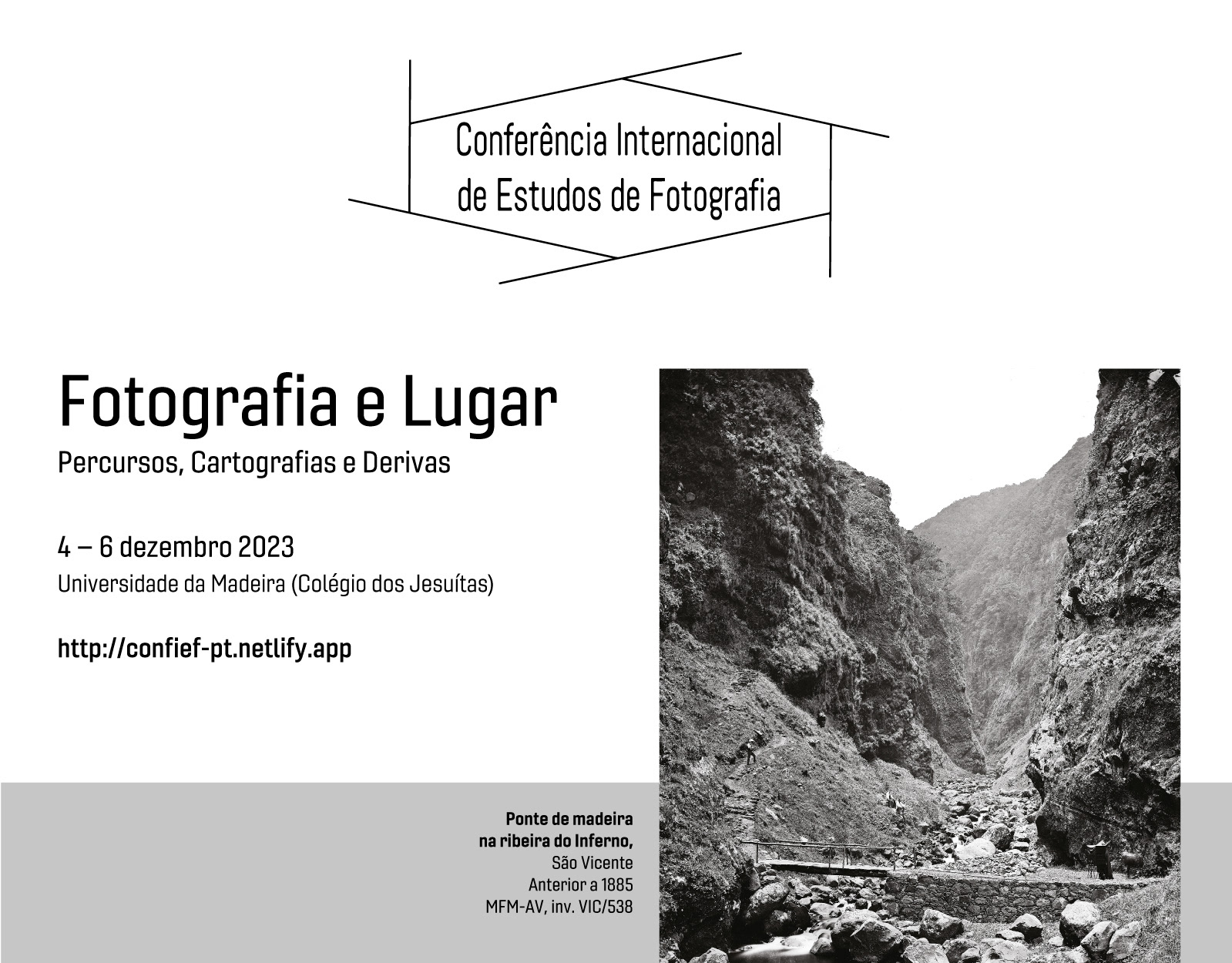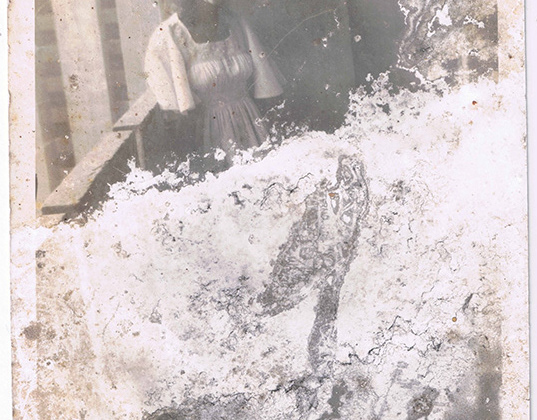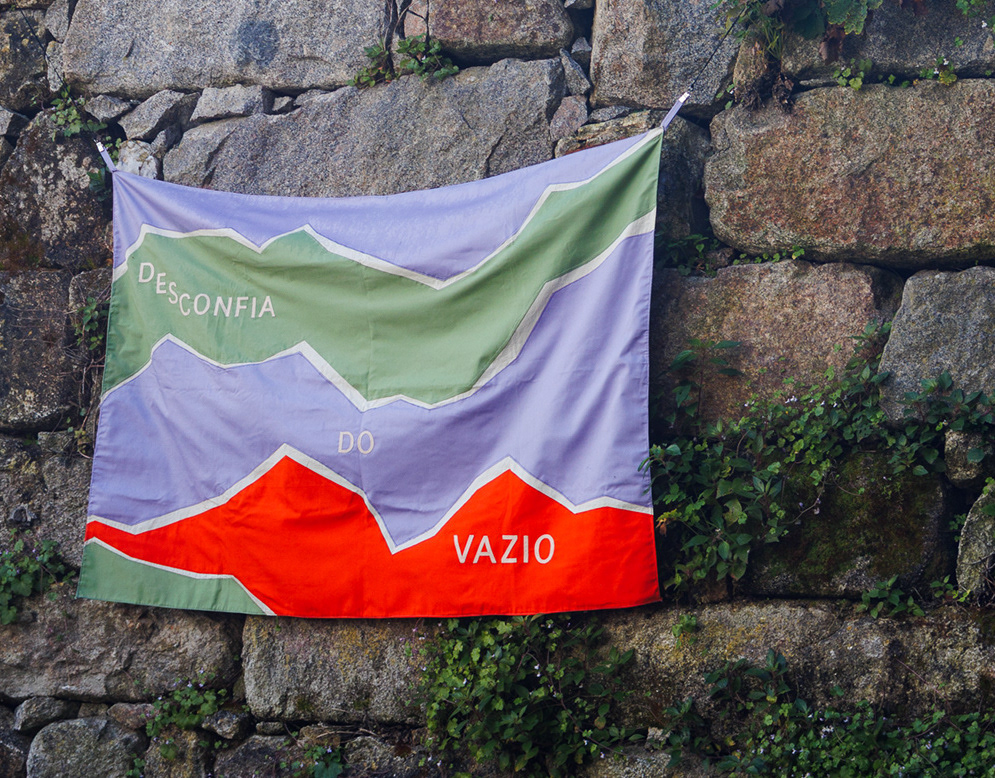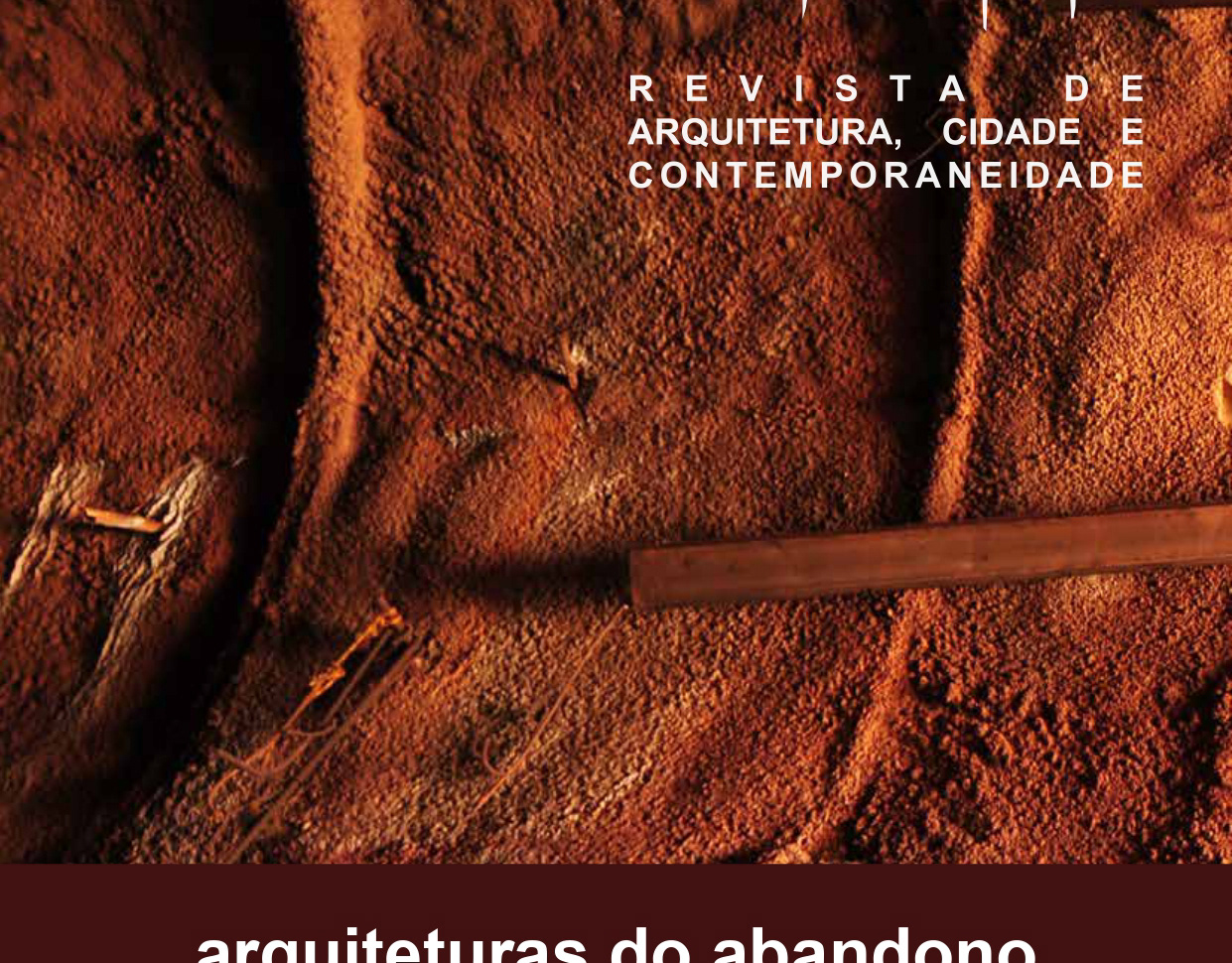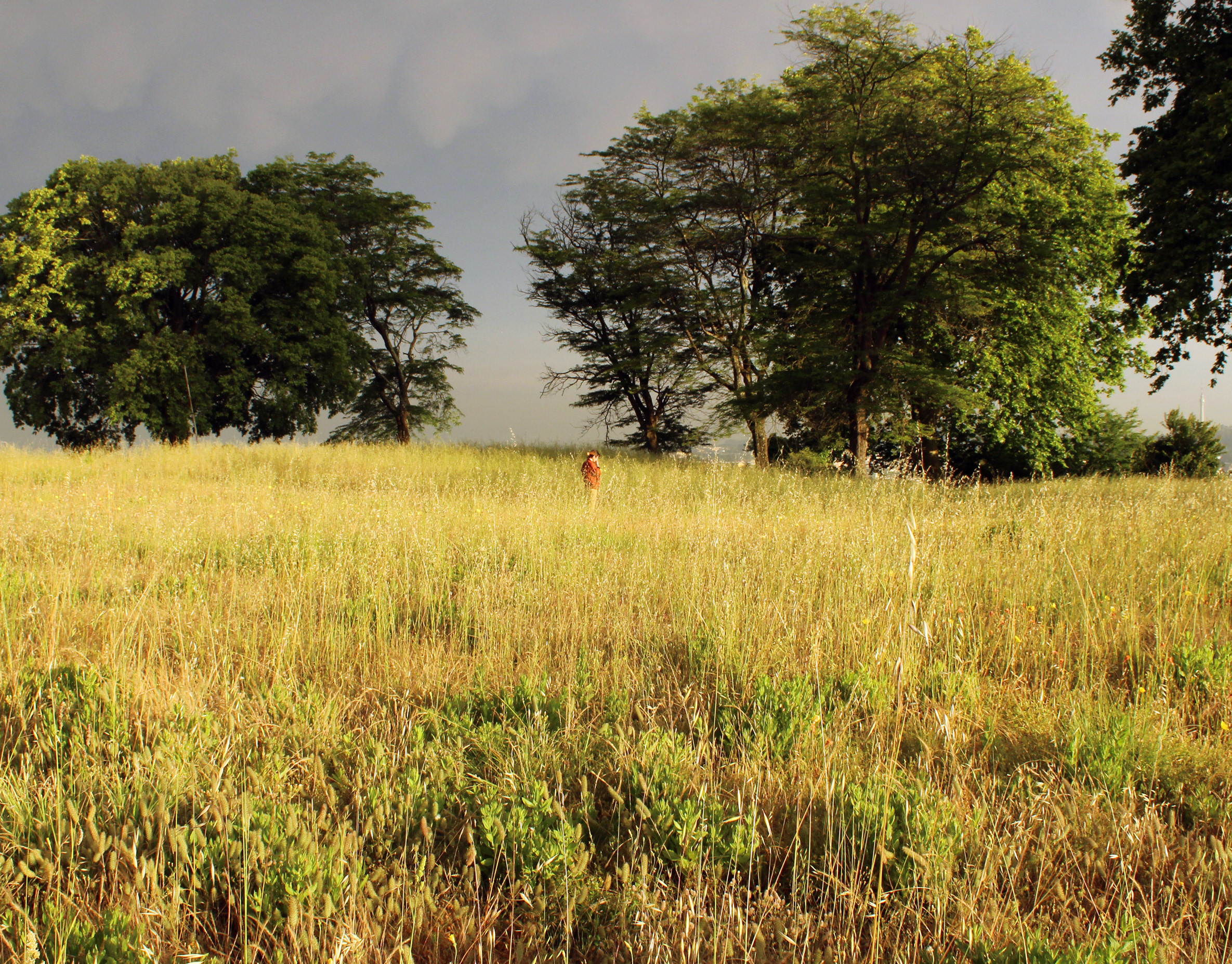DISENTANGLING ROBUST ARCHITECTURES: CURATORIAL READING OF NEW USES OF BATTERIES AND BUNKERS IN LISBON
chapter co-authored with Inês Moreira and Beatriz Duarte, published in the book Plan Barron: A Future for Super-Resistant Structures (ISBN 978-989-9205-01-7), edited by Maria Rita Pais and published by Universidade Lusófona, 2024.
Abstract: Robust military architectures from post-WWII are contradictory heritages burdened with
material (concrete, iron, artillery), immaterial (memories, stories, practices, norms), and symbolic
(representations, symbols, ideology) load. To disentangle the complex dynamics at the eight batteries
and bunkers of Plan Barron, the defensive system of the Lisbon and Setúbal coast implemented in the
1940s and 50s, we propose a curatorial approach in the fields of visual and urban culture, in order to
read and understand the physical, cultural and conceptual aspects. The reading articulates with
theoretical formulations from several fields – from heritage, to contemporary art, and aesthetics –,
integrates material collected from field work, references to military archive documents and to research
on audiovisual recordings posted on social networks by civilians and television broadcasters.
We consider Plan Barron, dismantled since 1998, and the eight sites where the batteries are
located, taking into account its disuse and state of degradation, and, above all we focus on the
multiple appropriations they were subject of. We highlight how the sites' ecological processes, the
performative and narrative civilian engagement, the decaying materiality, the obsolescence of the
structures, as well as the spontaneous use – human and non-human –, signals alter modes of re-
signifying heritage, returning it to the public sphere and imagery. [Inês Moreira, Beatrid Duarte e Flora Paim]
material (concrete, iron, artillery), immaterial (memories, stories, practices, norms), and symbolic
(representations, symbols, ideology) load. To disentangle the complex dynamics at the eight batteries
and bunkers of Plan Barron, the defensive system of the Lisbon and Setúbal coast implemented in the
1940s and 50s, we propose a curatorial approach in the fields of visual and urban culture, in order to
read and understand the physical, cultural and conceptual aspects. The reading articulates with
theoretical formulations from several fields – from heritage, to contemporary art, and aesthetics –,
integrates material collected from field work, references to military archive documents and to research
on audiovisual recordings posted on social networks by civilians and television broadcasters.
We consider Plan Barron, dismantled since 1998, and the eight sites where the batteries are
located, taking into account its disuse and state of degradation, and, above all we focus on the
multiple appropriations they were subject of. We highlight how the sites' ecological processes, the
performative and narrative civilian engagement, the decaying materiality, the obsolescence of the
structures, as well as the spontaneous use – human and non-human –, signals alter modes of re-
signifying heritage, returning it to the public sphere and imagery. [Inês Moreira, Beatrid Duarte e Flora Paim]
Keywords: coastal artillery, bunkers, military architecture, contemporary heritages, civilian use, Plan
Barron.
Barron.
DOI: -
